
Are you wanting to implement practices for sustainability at the office but just can’t get anything established? The best way to get management’s attention in business is to
- Increase profits and
- Succeed at reaching your target goal, particularly when that goal is to increase profits
Saving the planet is a noble path, but businesses exist to make money. That’s what they do. No matter how moving your appeals for a healthier planet, if you don’t tie sustainability to making or saving money, you’ll get no significant traction in a business environment.
Business management likes profit and success. So give them what they want. Set up a simple low-cost, limited impact “experiment” to prove that going green can save costs.
A useful business concept is the desire to “grab the low-hanging fruit”. This means find the (usually) obvious thing to implement that’s easy to do and yields guaranteed rewards, thereby demonstrating success quickly. Once established, this success acts as a foundation from which your program can expand.
In most offices, the low-hanging fruit is printed paper. People who print instead of using documents online will probably not change their behavior significantly, but they will make an incremental change. In an effort to reduce paper usage, suggest that people start printing double-sided. There will be people who don’t want to do that, so provide an alternative behavior which is to print on the blank side of used paper.
Step 1. Set Scope for the Pilot
Determine precisely who will be involved in this pilot. One department or the entire company?
Set a time period. What day does it start? What day does it end?
Step 2. Establish a Baseline
You will need to have measurable results, and a pre-pilot baseline to compare to. If you have a central purchasing office and the pilot includes only one department, there may not be figures readily available for how much money your department spends on printer paper. You may need to put off your pilot for a few months so that you can track the amount of paper usage your trial population typically uses per month.
If you want to include all costs, determine how much is spent monthly on printer ink and maintenance, manpower handling and storage costs, and disposal costs. These are usually more difficult to “prove” a reduction at the trial’s end, so you may just want to focus on paper.
Step 3. Set Your Goal in Terms of Paper Use Avoided
How much paper reduction do you hope to achieve? Be conservative. You may want to define this in terms of reams of paper, which can later be converted into number of dollars saved and number of trees saved.
Step 4. Plan Your Pilot
Plan the meeting or event at which you will announce the pilot program, your goals, new behaviors required, where to go for help, etc. Be sure and solicit suggestions and participation of the employees that will be involved in the pilot.
Step 5. Execute Your Plan
Potential pilot initiatives could include:
Get help from IT to set the office printer to print double-sided from one tray and single-sided from another. The double-sided tray should be filled with blank paper as usual. The single-sided tray should be filled with used paper that has been collected for this purpose. Have clear instructions for users to set their default printer to the tray they prefer.
Obviously, you will need recycling bins to collect single-sided office paper separately. Post a sign noting that only non-sensitive documents should be used in this way, sensitive documents should be shredded. List types of sensitive documents generated in your department.
Ideally, you will have a large recycling bin at the printer and smaller recycling bins at each user’s desk. For your “pilot” you may want to make bins from cardboard boxes. After this trial period has ended, perhaps management will agree to use the savings to buy proper recycling bins.
You might want to think of optional behaviors that could be encouraged such as reducing margins and using space-efficient fonts like Times New Roman which allow more text to fit on a page. Encourage employees to use spell check, grammar checks, and print preview to reduce the number of reprints.
As people habitually use both sides of paper, you may run short of single-sided paper to use in your printer. Raid discarded single-sided paper from the rest of the company or bring discarded single-sided paper from home. As long as you are rescuing waste paper for re-use, it’s allowed. Any virgin, i.e., unused, paper brought in from elsewhere should be added to the amount of paper used during the trial.
Step 6. Measure and Report
Keep track of how many new reams of paper have been used, as well as any other metrics you chose to track. Publish your victory in as many places as you can. Monetize the numbers so that management knows exactly how much you saved and how successful the pilot was.











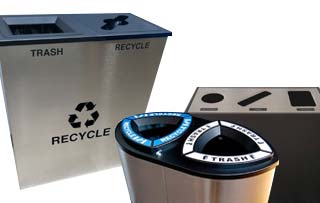









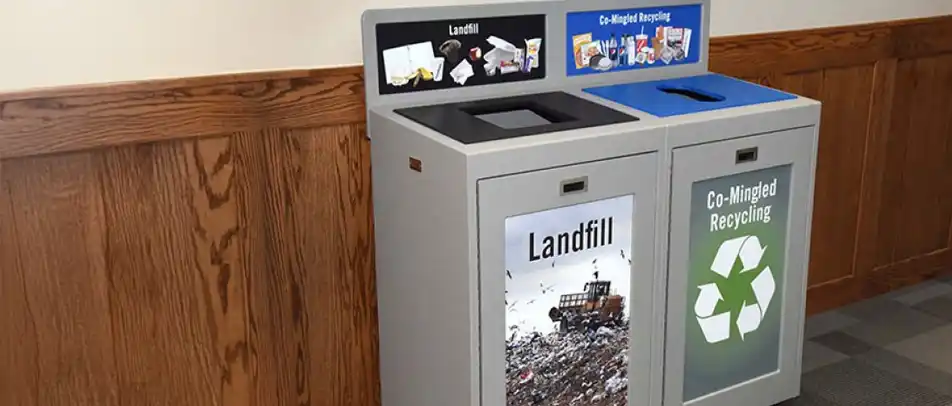










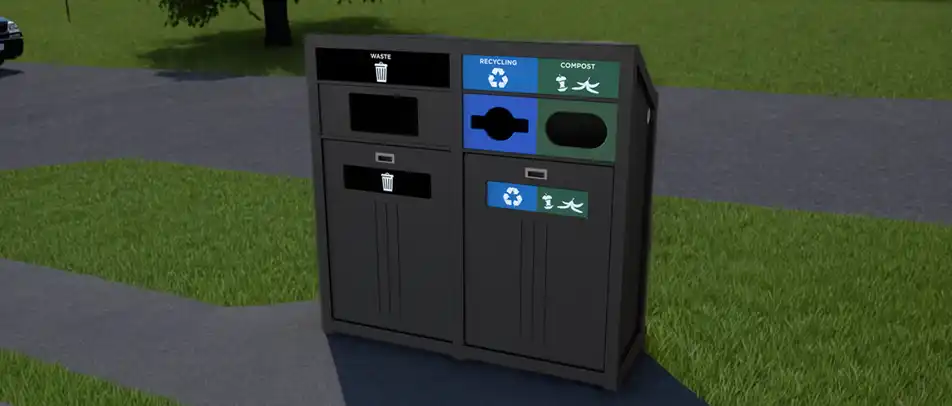












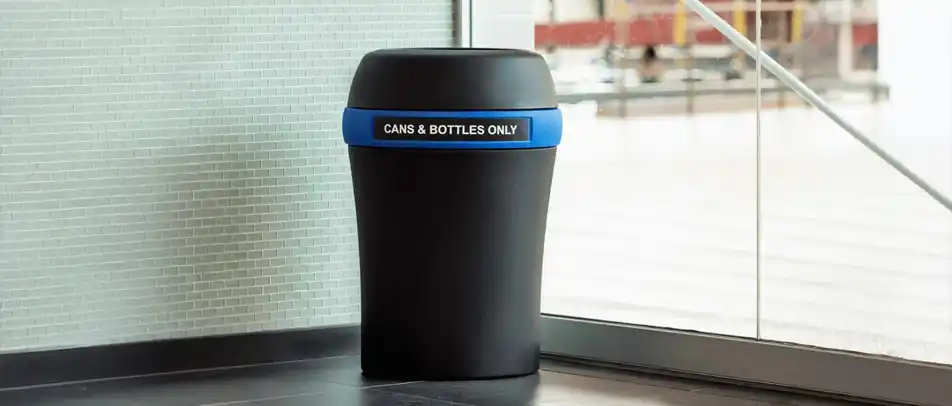









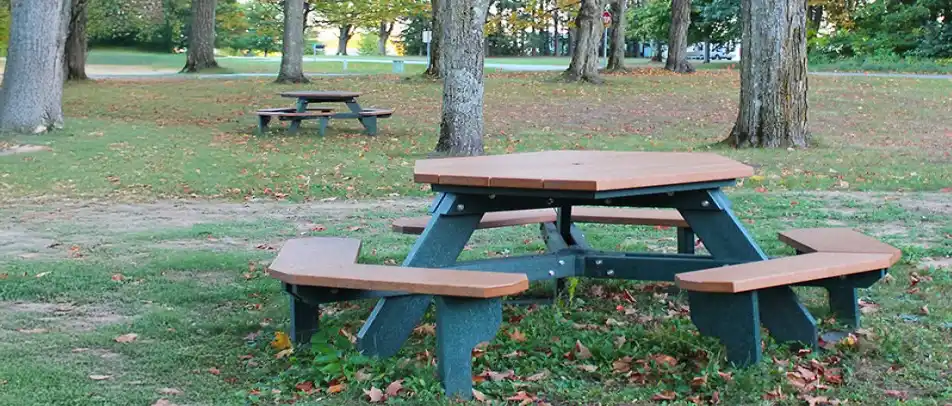
































 Three Ways to Engage Teams and Clients to Maximize Your Recycling Program Engagement
Three Ways to Engage Teams and Clients to Maximize Your Recycling Program Engagement  How to Integrate Accessibility Into Your Sustainability Planning
How to Integrate Accessibility Into Your Sustainability Planning  Why Park Benches Can Promote Workplace Well-Being
Why Park Benches Can Promote Workplace Well-Being 
